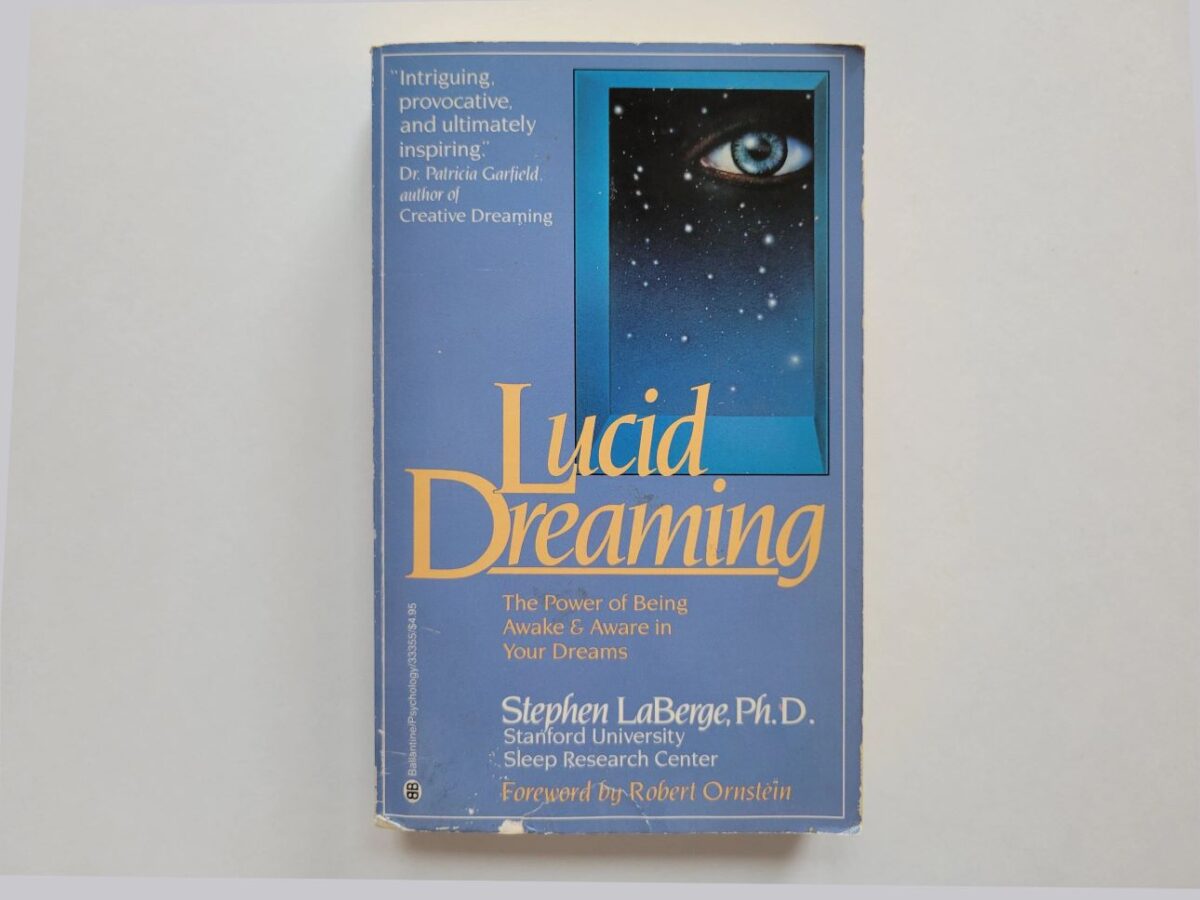It has been observed that the more relaxed, laid-back, and cheerful the atmosphere during the lessons, the more people will make attempts and the more effective those attempts will be. This is of course determined not by the group itself but by both the manner in which the instructor conducts the lessons and his overall personality. It should be kept in mind that everybody already has enough serious things to deal with in life. There’s no need to add one more, and so the more jokes, funny stories from one’s own practice, self-deprecating humor, and anecdotes, the better. There’s no harm in humor. Actually, the more cheerful the instruction, the less people will skip classes and the more they will recommend you to others.
Friday, 9:10pm The goal here is to reinforce practical and theoretical knowledge of the indirect method so that students go home with an extremely straightforward and well-tuned plan of action awaiting them that night and the next morning.
Practice the Techniques The already briefly-explained techniques of rotation, observing images, swimming, and visualizing the hands need now be practiced so that students know how everything should look in real life. Ask the students to sit down comfortably (or lie down, if possible), relax, close their eyes, and then carry out your instructions as follows:
Rotation Ask the students to imagine themselves rotating along their head-to-toe axis, but to the left. Have them turn their eyes to that side too. After a few moments, ask them to try to imagine the vestibular sensation of rotating to the right. Have them turn their eyes to that side without opening them. Emphasize that they are not to try to see anything. They need to create the internal sensation of rotation, first to the left, and, a bit later, to the right. Guide them through it several times and then ask them to do it on their own for a minute or two. While they’re busy with that, tell them that anyone who was able to imagine internal rotation and feel the corresponding vestibular sensation should try to accelerate that rotation. If anyone is able to rotate only a quarter of the way or halfway, then he should simply try to rotate all the way around. If nothing at all happens for some people, they should keep trying without getting upset.
Observing Images It’s preferable that the room be dark when practicing this technique. Ask the students to peer into the void in front of their closed eyes. Tell them to not try to see anything, but to instead fixate on any image that arises. Have them try to keep up an appearing image via a defocused gaze. The students should do most of the practicing of this technique on their own and during periods of silence. Remind them periodically that the goal is to keep up the images and make them more realistic. If they fade away or quickly change, that’s a sign that one is focusing on them. If no images appear at all, there’s nothing wrong with that since this is just training, and the technique might work during actual practice.
The Swimmer Technique Ask people to imagine as vividly and true-to-life as possible that they’re swimming. Have them try to feel all the minor details of this movement and absorb themselves in it. Ask them to accelerate the imagined sensation. After half a minute, ask them to imagine with the same intensity that they’re running. Next, practice arm circles and pedaling using both the legs and the arms. Then quickly go back through all of the movements, emphasizing speed and the determination to feel them no matter what. Afterwards, ask the students to determine which movement they liked the most and let them practice it on their own for a minute.
Visualizing the Hands First ask the students to raise their physical hands a bit higher than their eyes and about 2 to 4 inches away from them. Have them rub their hands together as if trying to warm them in the cold. They are to commit all of these sensations to memory while scrutinizing their hands. They should all then put down their hands, close their eyes, and begin to do the same thing again, but this time in their minds. That means they should imagine that they’ve once again raised their hands to forehead level, are once again vigorously rubbing their hands together, and are once again scrutinizing them and listening to the sound of them rubbing together. The students are to imagine this action as vividly as possible. Ask them to accelerate the rubbing and scrutinize their imagined hands with increased concentration. Wait a moment, and then ask them to rub even faster. Give them a minute to practice the technique on their own so that they remember what it feels like to perform it.
Each technique should be practiced for no longer than 3 or 4 minutes. Now, ask the students about the sensations that arose while performing the technique, and answer any questions that occurred to them while going through the process.
Simulated Awakenings At the very end, it’s worthwhile to reinforce all the students’ newly-acquired knowledge via fully-simulated awakenings. Walk them through it using the words below as a guide:
"It’s as if you’ve just awoken at 6 o’clock in the morning, walked around for a bit, and gone back to sleep. Affirm your desire to try not to move when you wake up and to immediately try to leave your body so that you can go to the mirror and carry out your personal plan of action. It’s as if you’ve fallen asleep… You’re sleeping… sleeping… sleeping… you suddenly wake up and try no-matter-what to roll out of your body… levitate… get up, without moving a muscle… You weren’t successful. Rotation. Try no-matter-what to rotate… It’s not working out. The swimmer technique… Make an aggressive effort to feel like you’re swimming or making any other motion… No luck. Now, rotation once again… Actively and aggressively try to feel the sensation of rotation right now. It doesn’t work. The swimmer technique… Try no-matter-what to feel an imagined swimming stroke… Nothing. Once again rotation… Actively, quickly… it’s a no go. The swimmer technique…. That’s 4 cycles. It seems as if nothing’s worked. You think to yourself, "No big deal," and you decide to go back to sleep and subsequently wake up to try it all again. Next time, you’re going to try the observing-images and visualizing-the-hands techniques."
In order to best master and conceptualize the techniques, 2 or 3 awakenings should be simulated with the instructor giving a detailed walk-through. The students should do another 2 or 3 simulations completely on their own. During such independent simulations, the instructor should signal both the moment of awakening and when a minute of time has elapsed. Here, the obvious must be stated: what’s being simulated are unsuccessful attempts, as if not a single technique were working. During a real-life attempt, one should try to separate using a technique as soon as it starts working. And if it doesn’t work at all, one should intensify the sensations derived from that same technique and try once again to separate. You might also end each simulated attempt with a successful phase entrance, as if one of the techniques had worked. Follow it with a separation attempt and an imagined implementation of the plan of action.
Examples Using your own personal experience and the accounts of practitioners’ experiences provided in the book out-of-body experience, give some examples of phase entries using the indirect method. Try to point out and trace the use of cycling. If somebody in the group already has experience, he may speak briefly about how he was able to enter out-of-body experience upon awakening by alternating through various techniques.
Wrapping Up the Lesson Friday, 10pm Go through a one-minute rundown of all the main bullet points, starting with practical applications and ending with cycles of techniques. Also make sure to note that if a student becomes lucid during a dream, that’s out-of-body experience too. He should immediately look for a mirror instead of trying to separate. When performing the techniques, all that you essentially need to achieve is an unusual sensation of any kind – upon awakening, that’s always a sign of out-of-body experience. Also let them know that all they need to do to have the most amazing humanly-possible experience is to execute the instructions they’ve been practicing when the moment is right. Everything depends on the students themselves from this point on. The most important thing is for them to simply make attempts.
Typical Instructional Difficulties
Success at employing techniques for finding objects in out-of-body experience and translocating in it depends on only one factor: how hard the practitioner concentrates his attention and desire on achieving the right outcome. Performing techniques “for the sake of appearances” will bring no results at all. The techniques are to be performed with an intense desire to achieve results. This is the issue that the instructor should concentrate on. It’s enough to say that given enough desire, even a novice can successfully control out-of-body experience without knowing any specific techniques. A person’s own desire is essentially what translocates him throughout out-of-body experience. The techniques themselves are only there to facilitate that inner process by giving it a certain outward expression. If you leave out this point or don’t throw enough light on it, many practitioners’ attempts to translocate in out-of-body experience or find objects in it will end in failure.
Module No. 10: Practical Applications
Aim
Provide ways to practically employ the out-of-body travel & lucid-dreaming phenomenon. This will create greater incentive to practice the phenomenon and spend time in it productively.
Key Concepts
Mandatory: Travel, encounters with other people, obtaining information, self-healing, and fulfilling desires.
Non-Mandatory: Building a strong foundation, creative development, an alternative to computer games, an alternative to narcotics, rehabilitation for the disabled, entertainment, unproven phenomena, and examples.
As I lay in bed with my eyes closed after awakening without an alarm clock, I immediately understood that this was the moment that I needed to take advantage of. I tried to separate – nothing. I employed the technique of rotation – still nothing. I then tried visualization, and felt the vibrations right then and there. After stopping for a second out of pure joy, I amplified the vibrations and tried again to separate. I should state here that I was on the top bunk in a sleeper-train compartment, but my desire to separate outweighed my fear of falling, and I did it! I tried to jump off the bunk in what turned out to be quite neat a movement. I did it smoothly, at first reclining back and then straightening my body in the same smooth, flowing manner.
I went through the door and saw a mirror. My reflection in it was exactly the same as in real life. I even wondered whether I would still have a beard in out-of-body experience, and there it was! I wanted to deepen afterwards, but a mosquito buzzed past my ear. I started shooing it away (unwarranted action; getting drawn into the storyline; and lack of maintaining) and woke up because there was actually a mosquito in my compartment… I wanted to make a secondary exit from the body, but both my exhilaration at having entered out-of-body experience and amusement that it was interrupted by a mosquito kept me awake (lack of secondary separation from the body).









